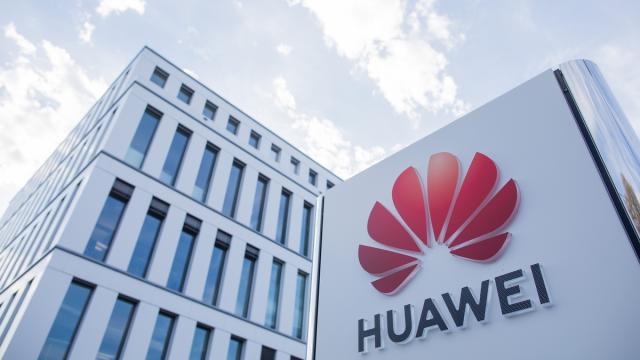Last week, Apple and Google released their COVID-19 contact tracing API to public health agencies (PHA) across the world. Known as the Exposure Notification System, its bluetooth signalling can be used in COVID-19 tracing apps. The companies also boast that it will help with battery life and privacy concerns related to tracing apps.
But the API functionality is only available on compatible devices and thanks to the U.S. trade ban on Huawei devices put in place by President Donald Trump in May 2019, some of Huawei’s newer devices won’t be able to utilise the new API.
The U.S. trade ban, which prevented Google working with Huawei on newer devices meant that any Huawei phone released globally after May 2019 would no longer be serviced by Google. In order for the Exposure Notification System to work on a device it needs to have access to either Google Play or iOS, which aren’t available on any Huawei devices released after the ban came into place.
These devices include the Huawei Mate 30, Huawei P40 and the second-generation foldable Huawei Mate Xs, which have all been released in the last year.
If you have bought these anywhere in the world, including Australia, you will not have access to Google Play and thus will not be able to utilise Google and Apple’s contact tracing API.
Meanwhile, all handsets that came before the Mate 30, which launched in October 2019, continue to have Google Play services and support so the API functionality does work on these devices.
“We are complying with the order and reviewing the implications. For users of our services, Google Play and the security protections from Google Play Protect will continue to function on existing Huawei devices,” said a Google spokesperson at the time.
https://twitter.com/Android/status/1130313848332988421
Gizmodo Australia asked Google and Apple about this during a media briefing last week. The companies said that while they want as much access to their tools as possible they can be constrained on a country and political level.
Google also said they will continue to provide updates where they are legally required and believe the API functionality is available on the majority of devices.
The lack of access to the API functionality on older Huawei devices may not prove such a big deal. Due to the trade ban, there will be far less people in Australia, the U.S. and Europe buying new Huawei devices due to availability and lack of Google support. And in China, Google Play is blocked — unless you use a VPN — so the exposure Notification System won’t work on Android devices there anyway.
[related_content first=”1217315″]
It is our understanding that the API is available on all devices that have access to Google Play, regardless of what operating system they use — so long as they’re running iOS 10 or higher or Android 6 or higher. This means that systems such as Oppo’s Color OS, Android Go and Huawei devices that preceded the trade ban should have access to the Exposure Notification System once its included in a contact tracing app.
At the present time it’s unclear when or how Google and Apple’s API will be included in Australia’s COVID-Safe app.
“The DTA and the Department of Health have been working with Apple and Google to understand and test the Exposure Notification Framework since it was released to see how it can be applied in Australia. That testing is ongoing,” said a DTA spokesperson in an email to Gizmodo Australia on May 21.
Huawei has also confirmed it is attempting to make COVIDSafe available on all of its devices — including those released after the trade ban such as the Mate 30 and P40.
But lack of functionality on newer Huawei devices still has the potential to negatively impact contact tracing attempts. Someone with one of these Huawei devices (or even a phone predating Android 6 or iOS 10) will not be able to be contact traced, which does pose some community risk. Even though apps such as COVIDSafe are voluntary, it still begs the question of whether access technology and services should outweigh politics.
“We believe that overcoming the current global situation requires all organisations to work together towards a common goal. Critical apps and services to support public health should be accessible to everyone no matter which technology they use,” a Huawei spokesperson said in an email to Gizmodo Australia.
In the case of the Exposure Notification System, lack of access not only has the potential to impact the user, but those around them as well.
